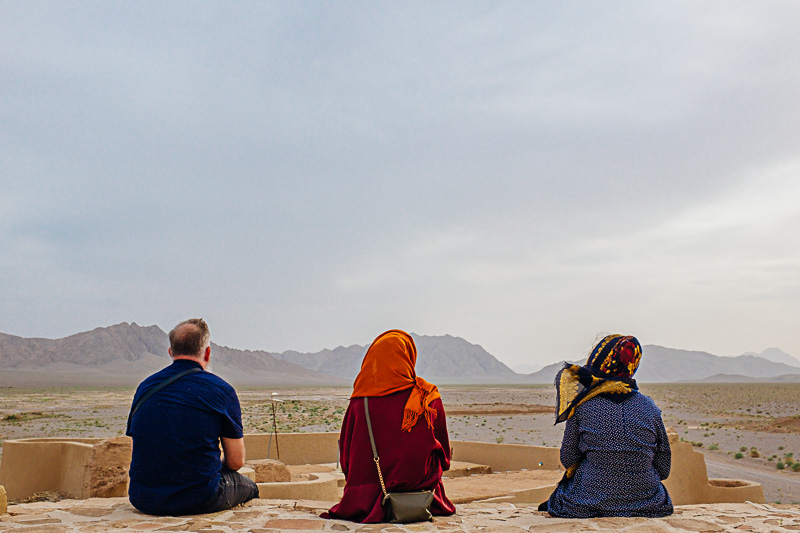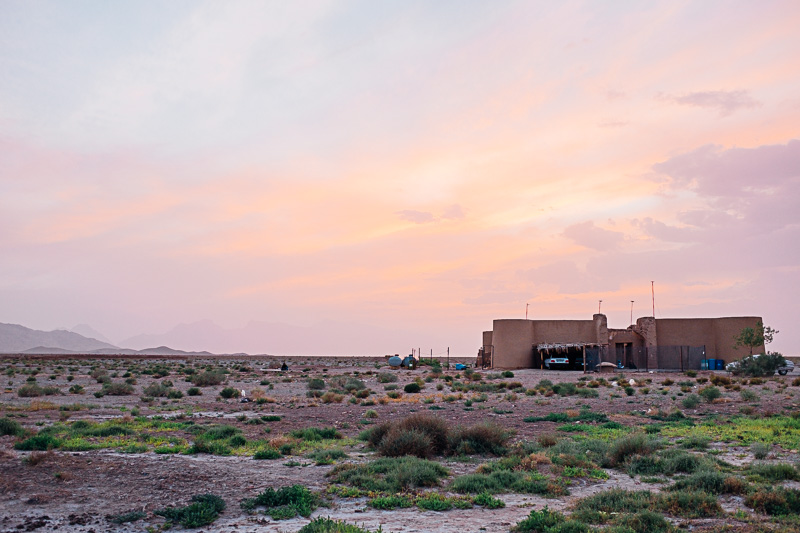IRAN | For thousands of years, the Silk Road was the most important cultural and trade route in the world. It spanned over 10,000 kilometres from China to the Mediterranean, linking East to West over several nations and empires. Chinese, Persians, Somalis, Greeks, Syrians, Romans, Armenians, Indians, and Bactrians were the main traders along the route, with Sogdians and Arabs following later. The Silk Road was important not only for economic reasons via the trade of goods, but also as a means of transmitting culture and promoting political exchanges.
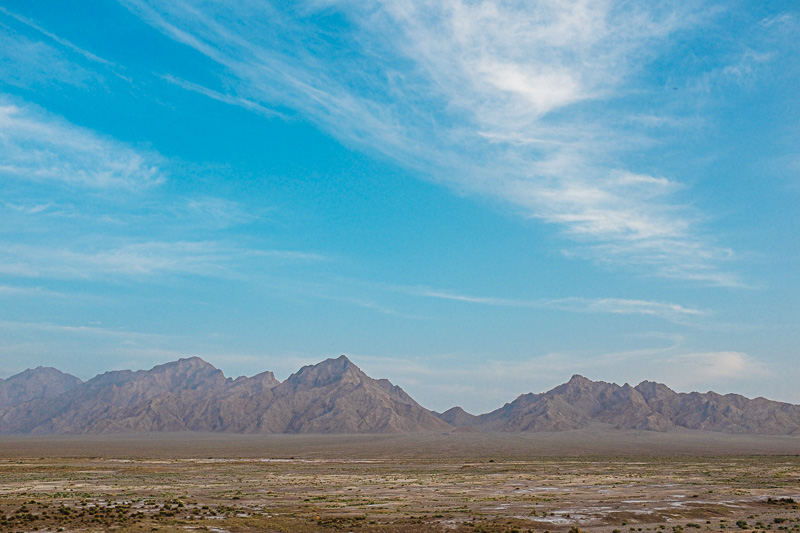
Through the Northern Route of the Silk Road, Chinese were able to source items like saffron, dates and pistachios from Persia, and it is here, in modern-day Iran, that I saw the Silk Road for the first time. The scenery in this part of the world is breathtaking. Wide open vistas bordered by mountain ranges in one direction and seemingly nothing but the sky in the other. Given the size of the Silk Road, and the length of time that it could take traders to traverse it, what did travellers do for accommodation? Where did they go to seek shelter?
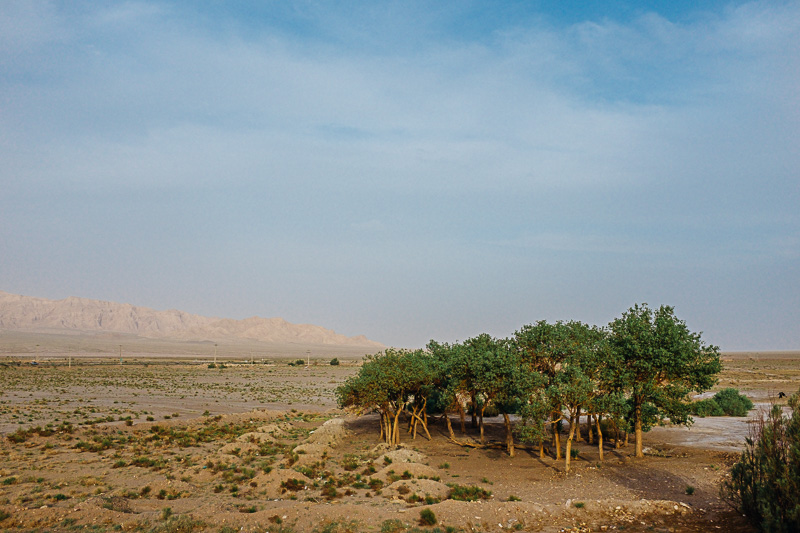
In the Persian portion of the Northern Route of the Silk Road – the “Persian Royal Road”, there were a number of roadside inns known as caravanserai. It was an unwritten rule that Caravanserai should be safe places, and guards were generally present to collect taxes and keep the peace. A typical Persian caravanserai would contain places where visitors could keep their animals such as camels and horses and literal caravans and not only rest, but also bathe, stock up on supplies, trade goods and engage in other activities that might so be desired. Many of the caravanserai that once existed fell into ruin as the importance of the Silk Road diminished with the maritime age, however today it is still possible to find original caravanserai that have been restored to give, just as was the case all those years ago, travellers a place to rest.
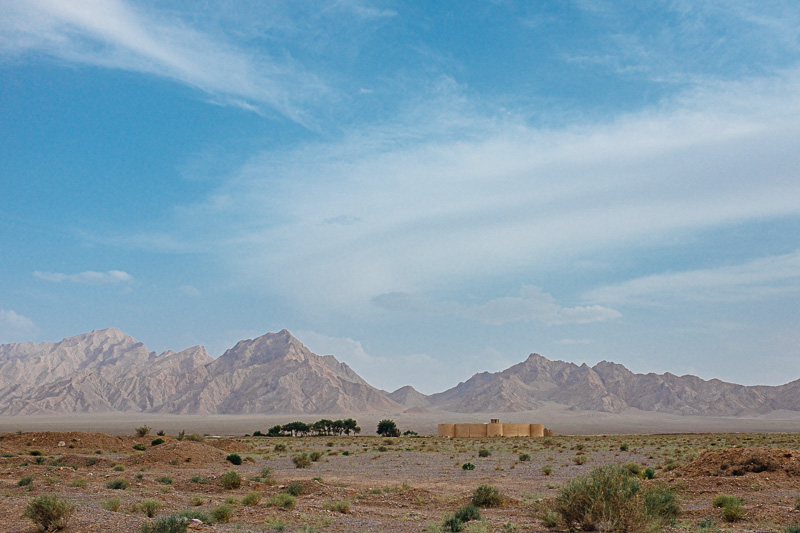
Although looking rather plain from the outside, the interiors of the caravanserai contained an open courtyard and various rooms and bays were the business of the caravanserai took place.
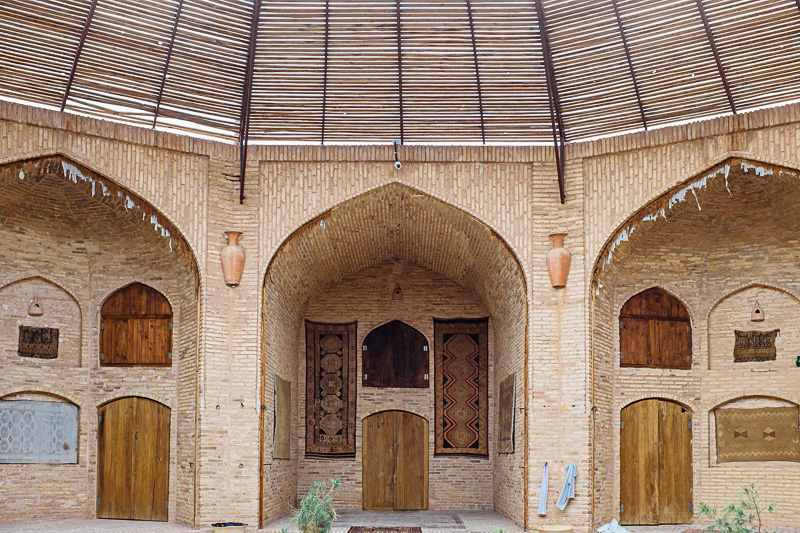
Accommodation was simple but comfortable, with partitioned sections rather than individual rooms. The accommodation today is much the same as it once was, with the partitioned sections being only for sleep and the storage of one’s possessions. The bathing and hygiene facilities are in a separate, communal area.
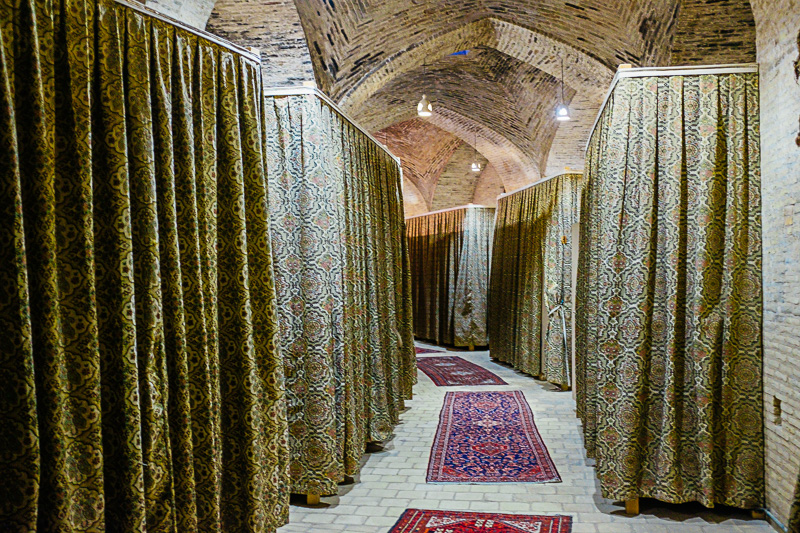
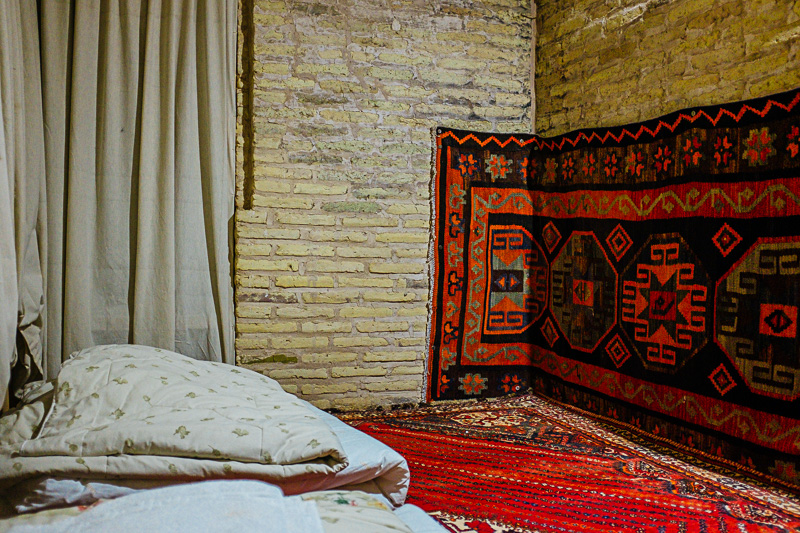
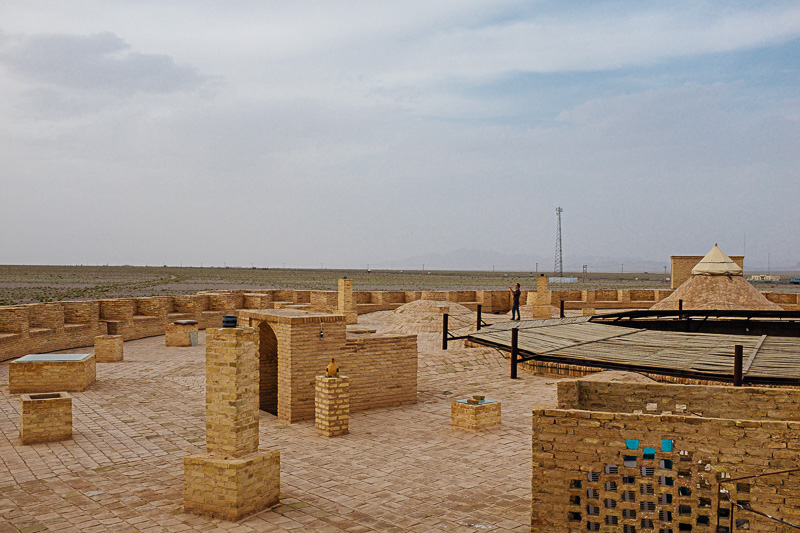
Sitting atop the roof of the caravanserai, looking out to the distance, it’s hard not to think about the amount of history that this part of the world has borne witness to. It’s quite something to realise that travellers and traders from thousands of years ago were staying in the same place, travelling on the the same road, and probably sharing many thoughts that those of us at the caravanserai had during our stay. The more one travels, the more insignificant one feels. A place like this really brings home the fact that the urge to explore, discover and seek knowledge is something that has always, and will always, form part of the human condition.
